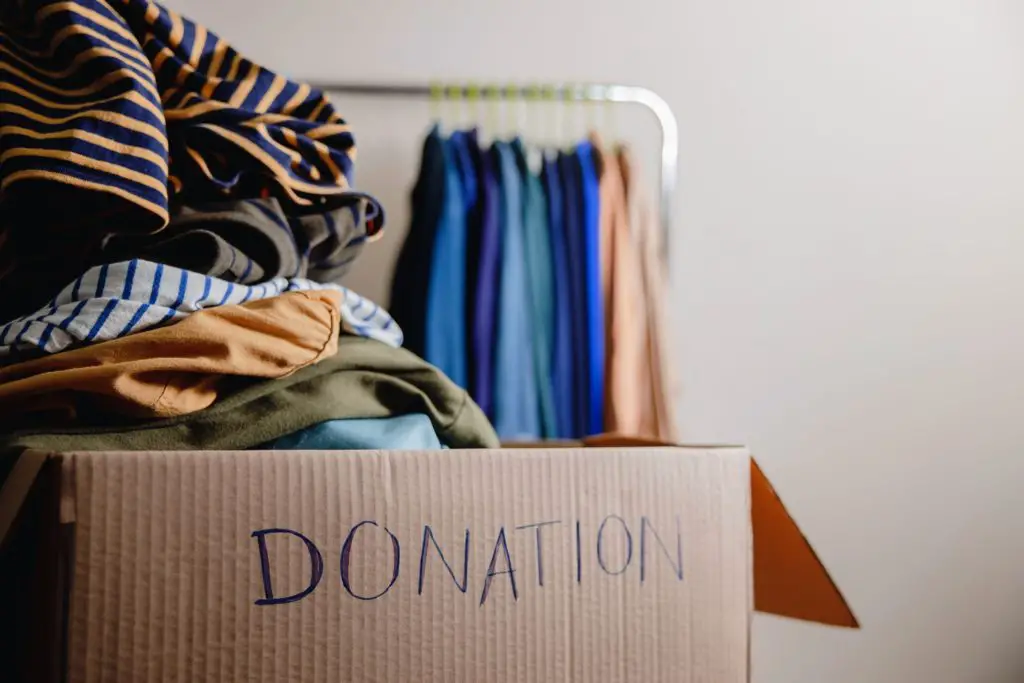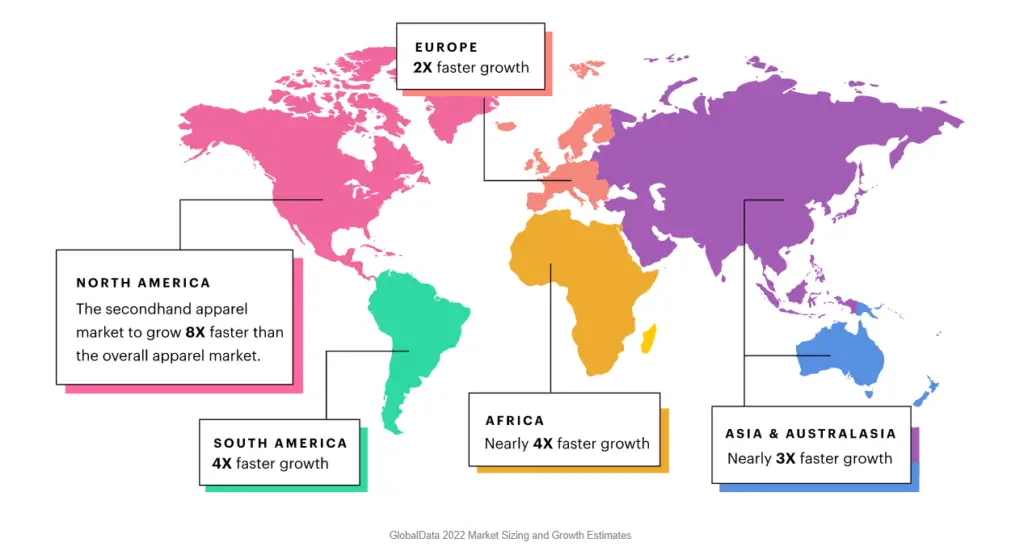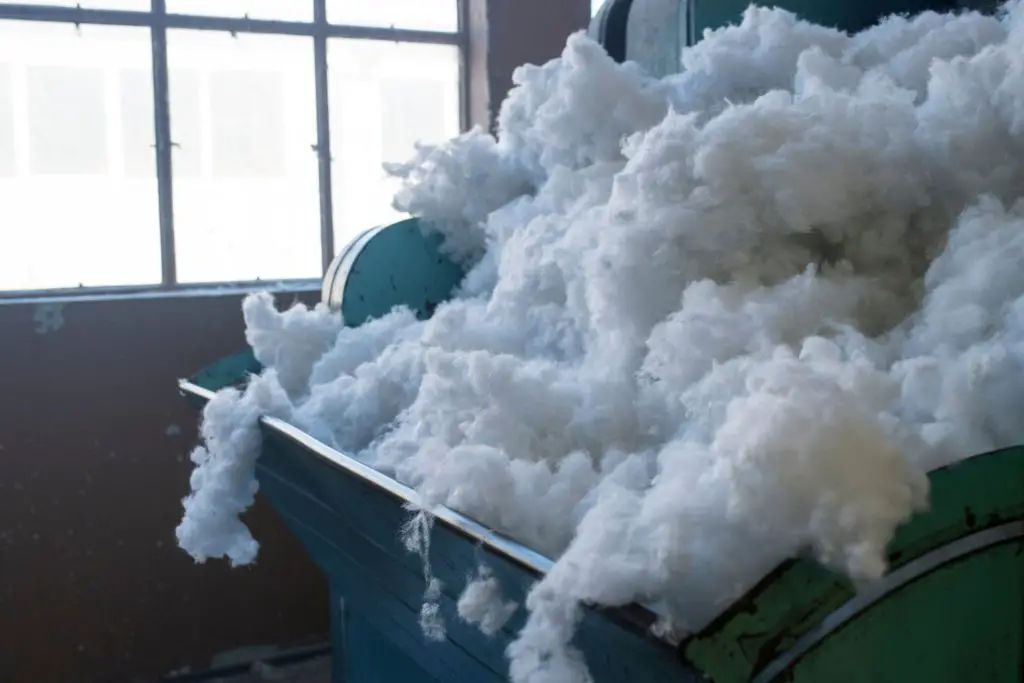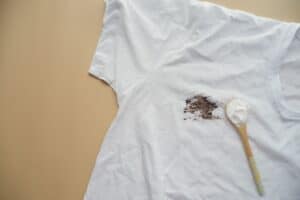What to Do With Unwanted Old Clothes - A Complete Guide

 – any situation that leaves you with clothes you no longer want, this guide is for you.
– any situation that leaves you with clothes you no longer want, this guide is for you. What to do with a bulk lot of clothes in good condition
Give them away to someone in need

Sell bulk clothing online or in person

What to do with a small number of clothes in good condition
Sell individual clothing items online

Consignment
Consignment involves selling one’s personal goods (clothing, furniture, etc.) through a third-party vendor such as a consignment store or online thrift store. The owner of the goods pays the third-party a portion of the sale for facilitating the sale. Consignors maintain the rights to their property until the item is sold or abandoned. Many consignment shops and online consignment platforms have a set day limit before an item expires for sale. Within the time of contract, reductions of the price are common to promote the sale of the item, but vary on the type of item sold (usually depends on the price point, or if it is considered a luxury.)(usually 60–90 days).
Clothing Swaps
What to do with a bulk lot of clothes that are not fit for wear
Textile recycling
- Recyclesmart (they send clothing collected to H&M)
- Check the condition of each item of clothing before sending it in and don’t send in anything mouldy, smelly or bug-infested by mistake. I know you wouldn’t do it intentionally, but perhaps it could happen by mistake. So check each item.
- Wash all items before you send them in, even if you think they will end up being recycled. Textile recovery and recycling centres sort through items by hand, so not washing your clothes is a big no-no. Washing will also take care of mouldy clothing or bugs, making them suitable for donations.
- Do not send in items that the organisations won’t accept. Click on the links above for further details on what items each of these collection services will or won’t accept.
What to do with a small number of clothes that are not fit for wear
Repair and reuse
Repurpose

Composting

After more information? You may be interested in....
The BEST Places to Sell Clothing Online in Australia – a full guide that will help you choose the best place sell your clothes, covering all clothing types and situations
Is Selling Your Clothes Worth It? Tips to Help You Out – a deep dive into selling clothing online, what price to set and what you can do to make the process easier for you
Where to Donate Clothing In Australia – A Full Guide – the best places to donate your fit for wear clothing, including what to do with a bulk lot of clothes
What REALLY Happens to Donated Clothes in Australia – an exploration of the second hand clothing market in Australia and whether its a good idea to donate clothing to charities
Donating Clothing? Know What You Can or Can’t Donate – if you need to know what charities do or do not accept and the condition clothing should be in before you donate
Do charity and thrift stores wash donated clothing? – if you were wondering if charities wash clothing and why clothes from charities smell the same
Throwing Away Old Clothes – Can You and Should You Bin Them? – if you want to know what happens when clothes are thrown into landfill, charity or recycling bins
What to Do With Clothes that CANNOT be Donated – a full guide on what to do with clothes that are not fit for wear
Where to Recycle Clothing in Australia – All Options Covered – a full list of places that accept clothing for recycling, along with details on what REALLY happens when they take your clothes
What To Do With Old Underwear and Bras – Practical Tips – if you want to know whether you can donate underwear and bras, as well as practical reuse and recycling options




